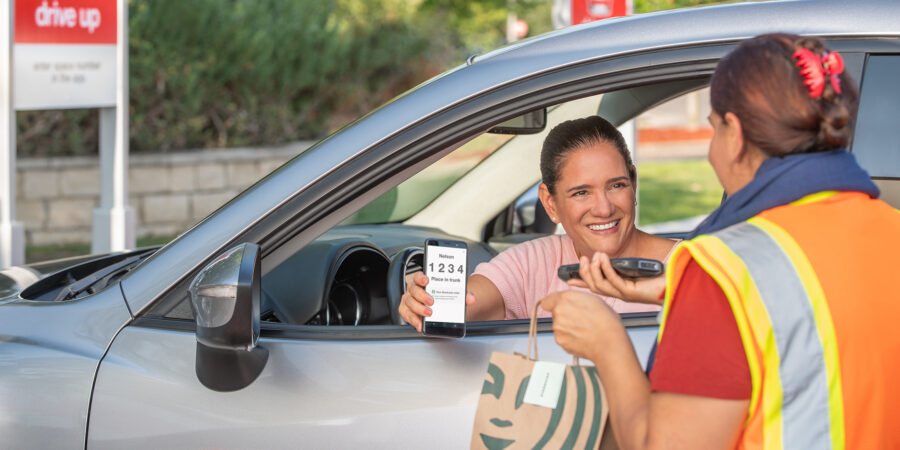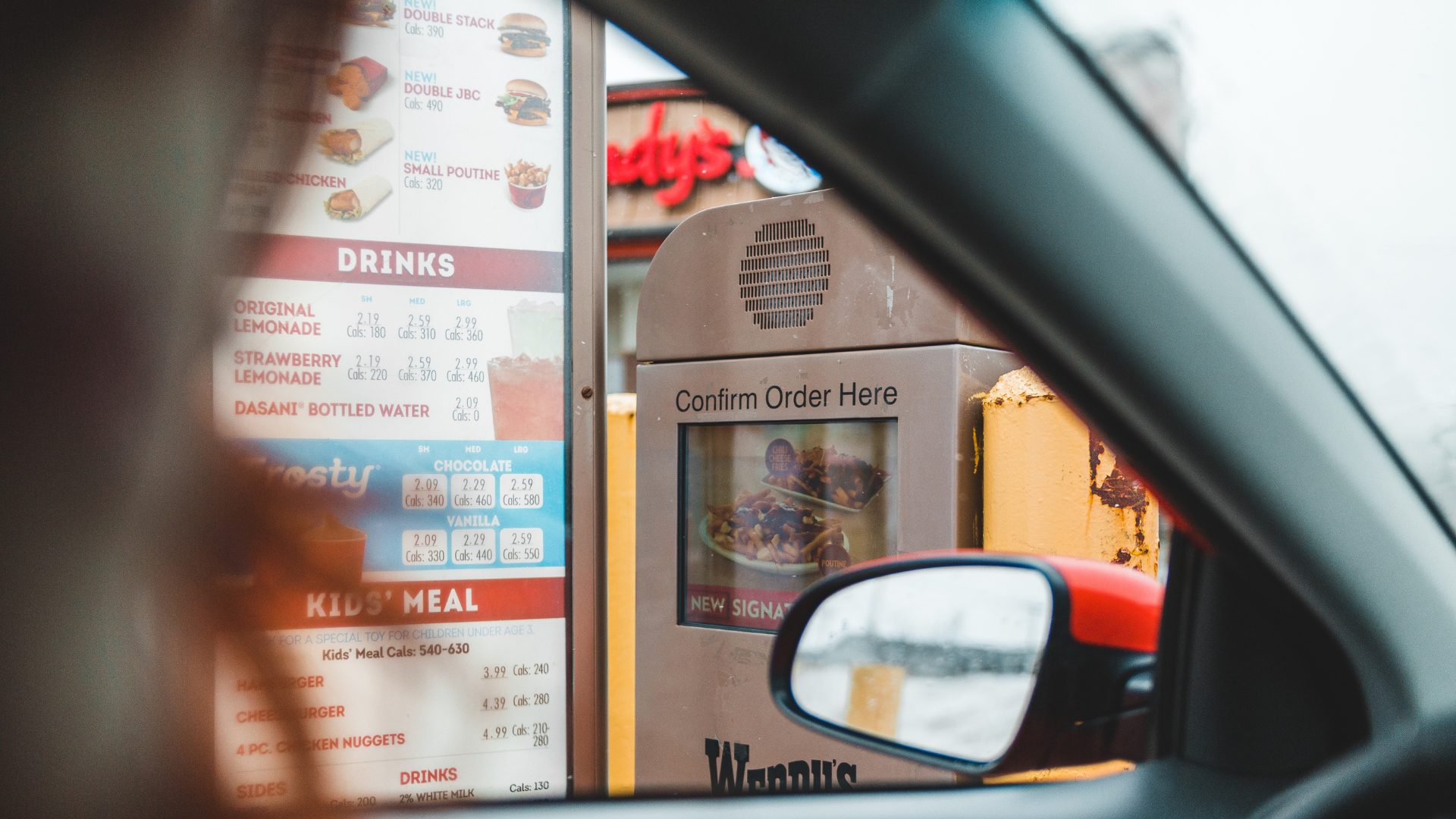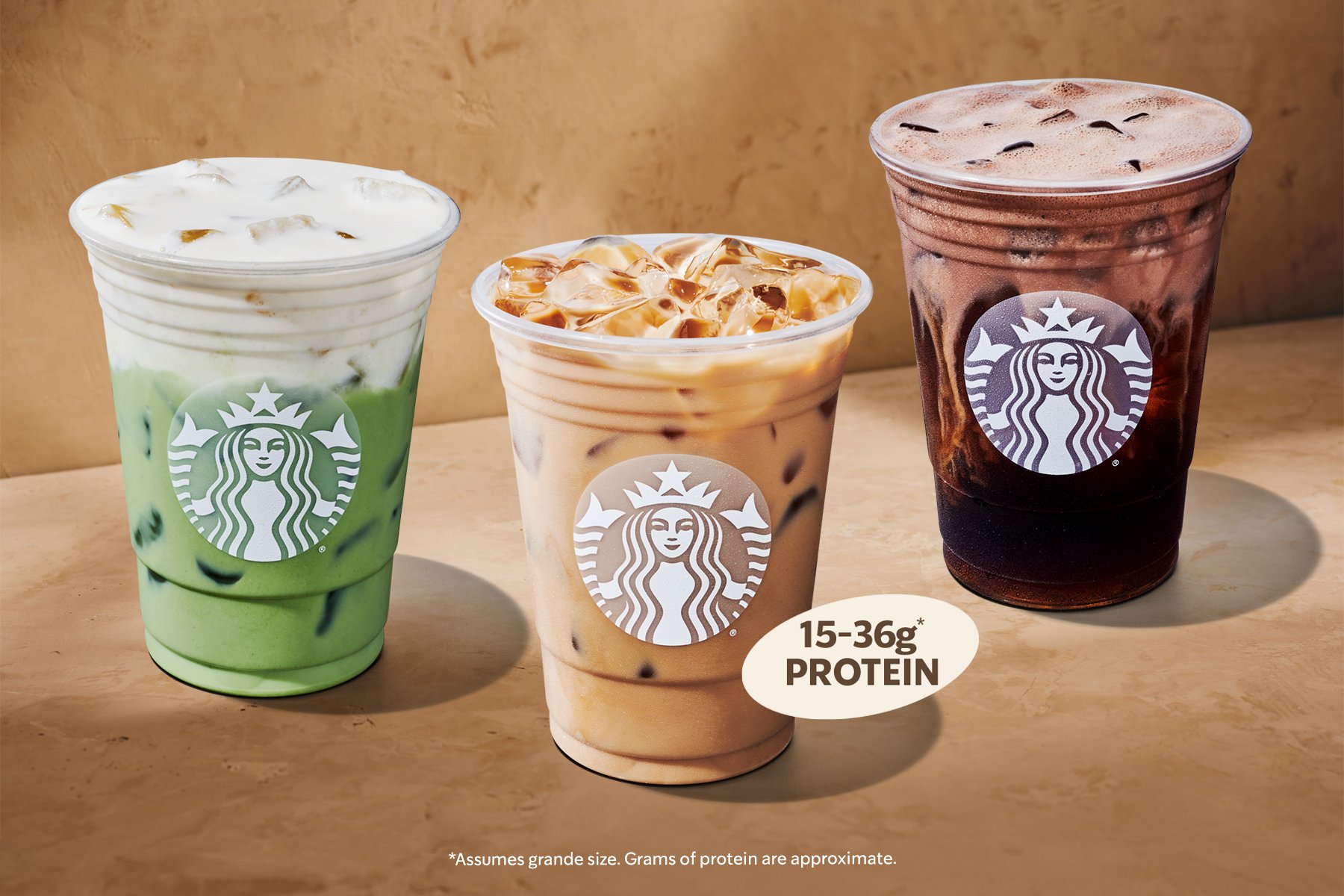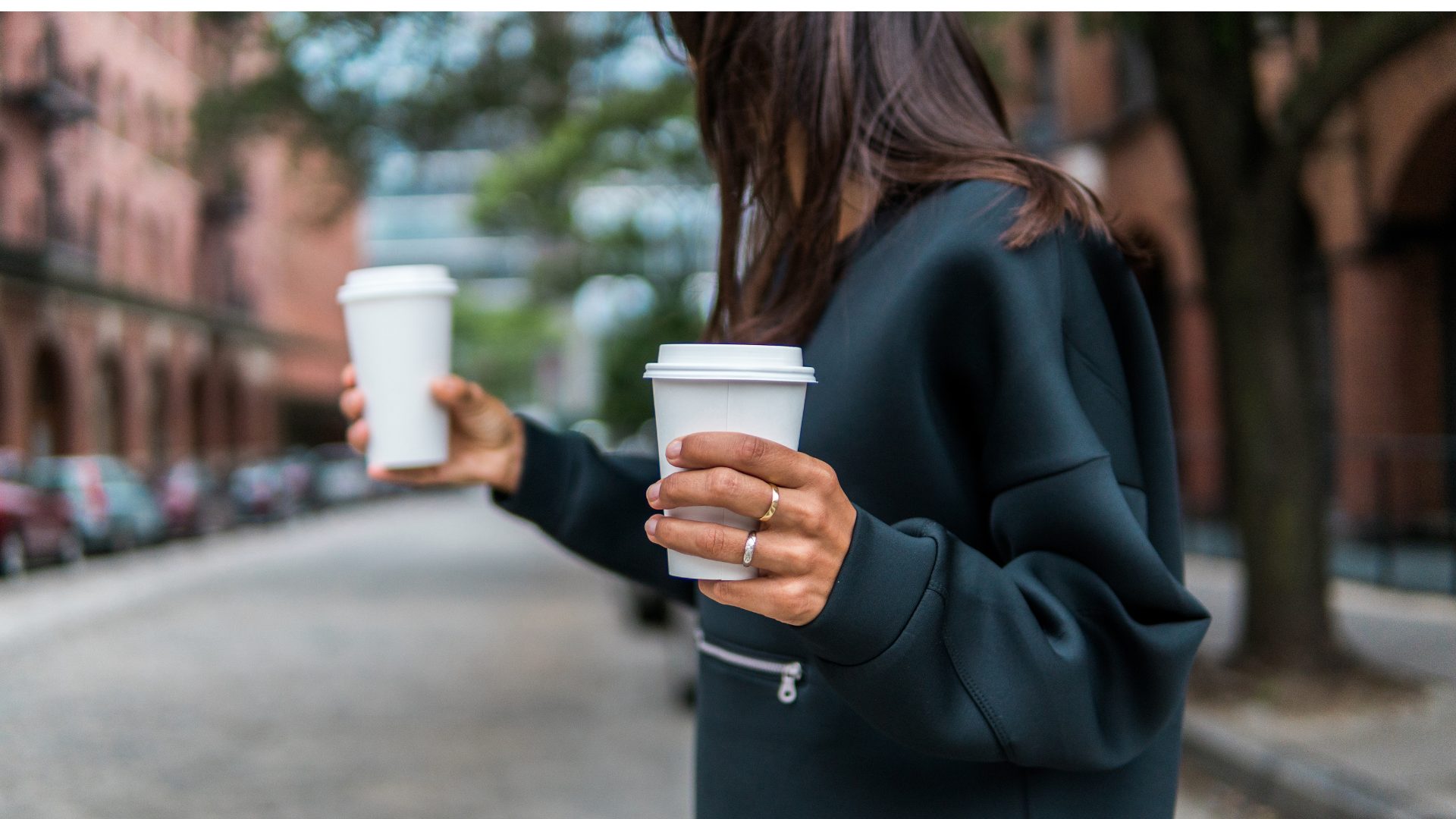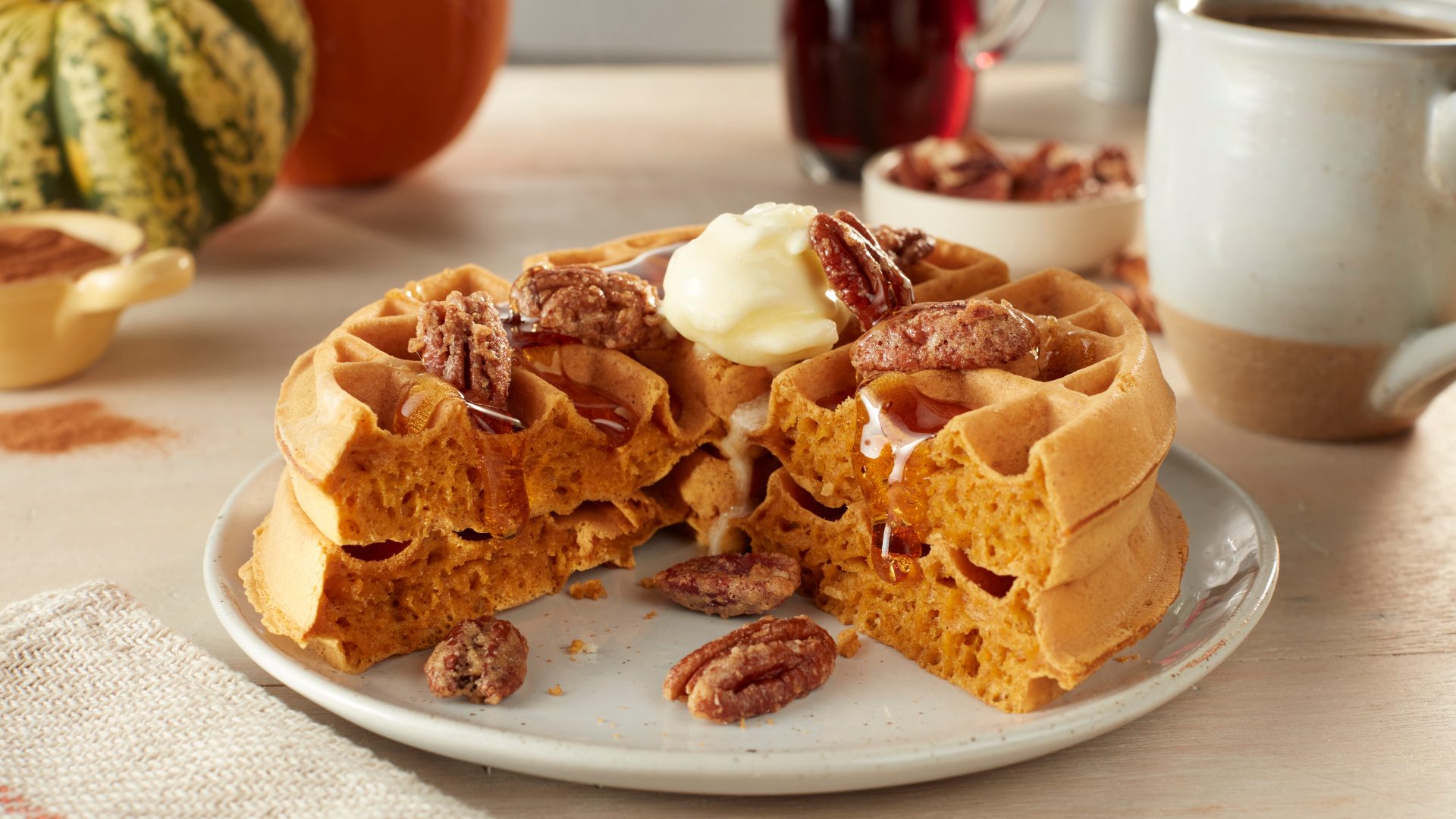While the mid-pandemic rush around curbside pickup has cooled off, the potential benefits for consumers and retailers alike are still shaping the grocery landscape. The number of shoppers opting in for the convenience of in-car pickups remains on the rise, and Target’s national rollout of Drive Up with Starbucks shows that major grocery retailers are still investing in offering the best curbside experience possible.
Curbside pickup growth likely reached its height during the pandemic. The percentage of North American consumers who used curbside pickup rose by 190 percentage points during the 2020 to 2021 period, according to Snehal Singh, Senior Research Analyst at Market Research Future.
Now, the end of social distancing is expected to make buy online and pickup in-store (BOPIS) the click-and-collect fulfillment method of choice, according to Insider Intelligence. The firm expects 66.4% of click-and-collect buyers to regularly use BOPIS by 2026, compared with the 46.1% who will use curbside pickup.
Singh noted that curbside growth won’t necessarily flatten, however, even as in-store pickup grows, particularly for grocery orders. This trend is currently playing out—as of November 2022, 41% of consumers said they purchased groceries online for curbside pickup in the previous month, up from 35% at the end of 2021, according to a survey by PYMENTS.
“One reason curbside fulfillment is so appealing for groceries is that the products themselves make them ideal for this type of delivery,” said Singh. “Customers may immediately retrieve their pre-packed purchases without having to navigate the aisles if they choose curbside pickup for perishables including fresh produce, dairy products, meat, and frozen goods. Parents of young children or anyone with mobility challenges will appreciate being able to wait safely in the car during the pickup process.”
Singh also pointed out other advantages curbside has over other fulfillment methods like BOPIS and delivery. These include the time saved by choosing curbside pickup instead of going inside the store for BOPIS and the fact that orders are prepared by employees familiar with the store, as opposed to third-party drivers, which decreases the possibility of mistakes.
According to Singh, Target’s decision to expand Drive Up with Starbucks, which lets shoppers add Starbucks foodservice items to their grocery orders, is another sign that the curbside pickup sector still has room to develop. Convenience has emerged as the major reason for choosing curbside, and the ability to grab a coffee along with your groceries can condense multiple trips for busy shoppers.
Singh highlighted other ways grocers can boost convenience for their curbside customers, even if they lack a partnership with a major foodservice company:
- Allocate resources to improve order processing and pickup and pickup procedures to reduce wait times.
- Leverage personal data to optimize recommendations for the in-app experience, making it easier to place curbside orders.
- Implement loyalty strategies and complementary incentives that tie existing loyalty programs into curbside benefits.
“It is imperative to acknowledge that convenience has emerged as a significant factor in shaping the ultimate decision-making process,” said Singh.
“In envisioning the trajectory of future developments, it is imperative to consider the potential enhancements that lie ahead. These include the refinement of smartphone interfaces, the advent of automatic pickup lockers, and the augmentation of personalized purchase recommendations.”


